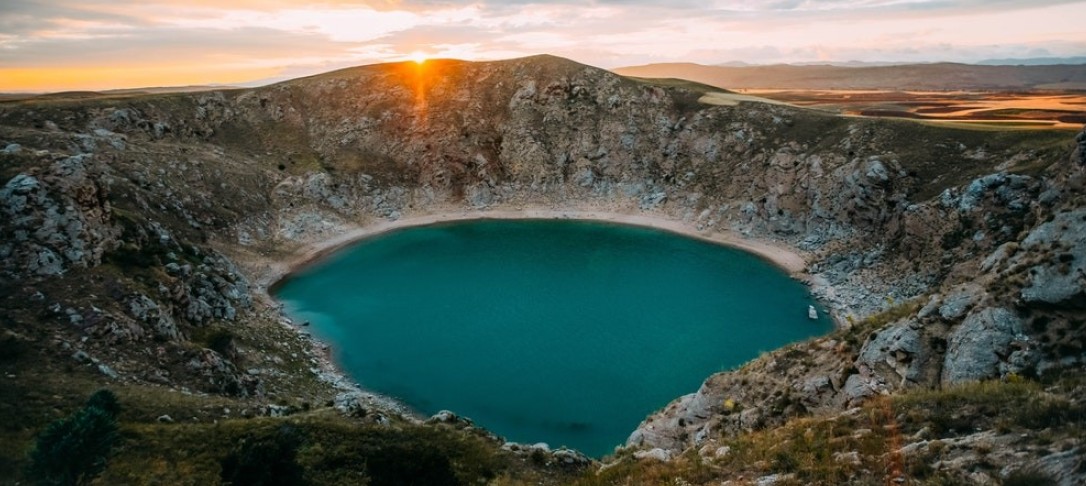
Dr Uisdean Nicholson will deliver the ESE Departmental Seminar on 08 December 2022, “The Nadir Crater offshore West Africa: A candidate Cretaceous-Paleogene impact structure”
Join us in room G41 – RSM Building – on Thursday 08 December 2022 at 12h15.
Or on Microsoft Teams: Uisdean Nicholson Seminar
Abstract
Evidence of marine target impacts, binary impact craters, or impact clusters are rare on Earth. There are only ~20 confirmed marine target impact craters (estimated at 0.2% of the total number of impacts during the last 1 Ga), one confirmed impact doublet and one confirmed cluster. This limits our understanding of the direct consequences and cascading hazards associated with such events.
Seismic reflection data from the Guinea Plateau, West Africa, reveal a ≥8.5-km-wide structure buried below ~300 to 400 m of Paleogene sediment with characteristics consistent with a complex impact crater. These include an elevated rim above a terraced crater floor, a pronounced central uplift, extensive subsurface deformation and a widespread ejecta layer.
Numerical simulations of crater formation indicate a marine target (~800-m water depth) impact of a ≥400-m asteroid, resulting in a train of large tsunami waves, ground shaking equivalent to a Mw7 earthquake and an air blast 1000 times larger than the recent Tonga eruption. The target stratigraphy likely includes a thick (~400 m) of black shales with exceptionally high Total Organic Carbon, with the impact likely resulting in the release of substantial quantities of greenhouse gases.
Our stratigraphic framework suggests that the crater formed at or near the Cretaceous-Paleogene boundary (~66 million years ago), approximately the same age as the Chicxulub impact crater. We hypothesize that this formed as part of a closely timed impact cluster or by breakup of a common parent asteroid, or binary asteroid. We are now proposing to drill into the crater to test the impact hypothesis and its possible relationship to Chicxulub. This proposal is currently being evaluated by the International Ocean Discovery Program (IODP), with the earliest possible drilling window in late 2024.
About the speaker

Uisdean Nicholson is Associate Professor of Geoscience at Heriot-Watt University. He leads the Seismic Stratigraphy and Sedimentology research group, which uses seismic reflection data and sediment cores to understand Earth hazards, tectonic-sedimentary interactions, palaeoceanography and other Earth surface processes. He is closely involved with the International Ocean Discovery Program (IODP), serving on the Science Evaluation Panel since 2020 and he is the lead proponent of an IODP proposal to drill the Nadir Crater. He teaches on several different MSc programmes and leads a number of different courses, including Basin Analysis, Geothermal Energy and a field course to the Southern Pyrenean Basin.